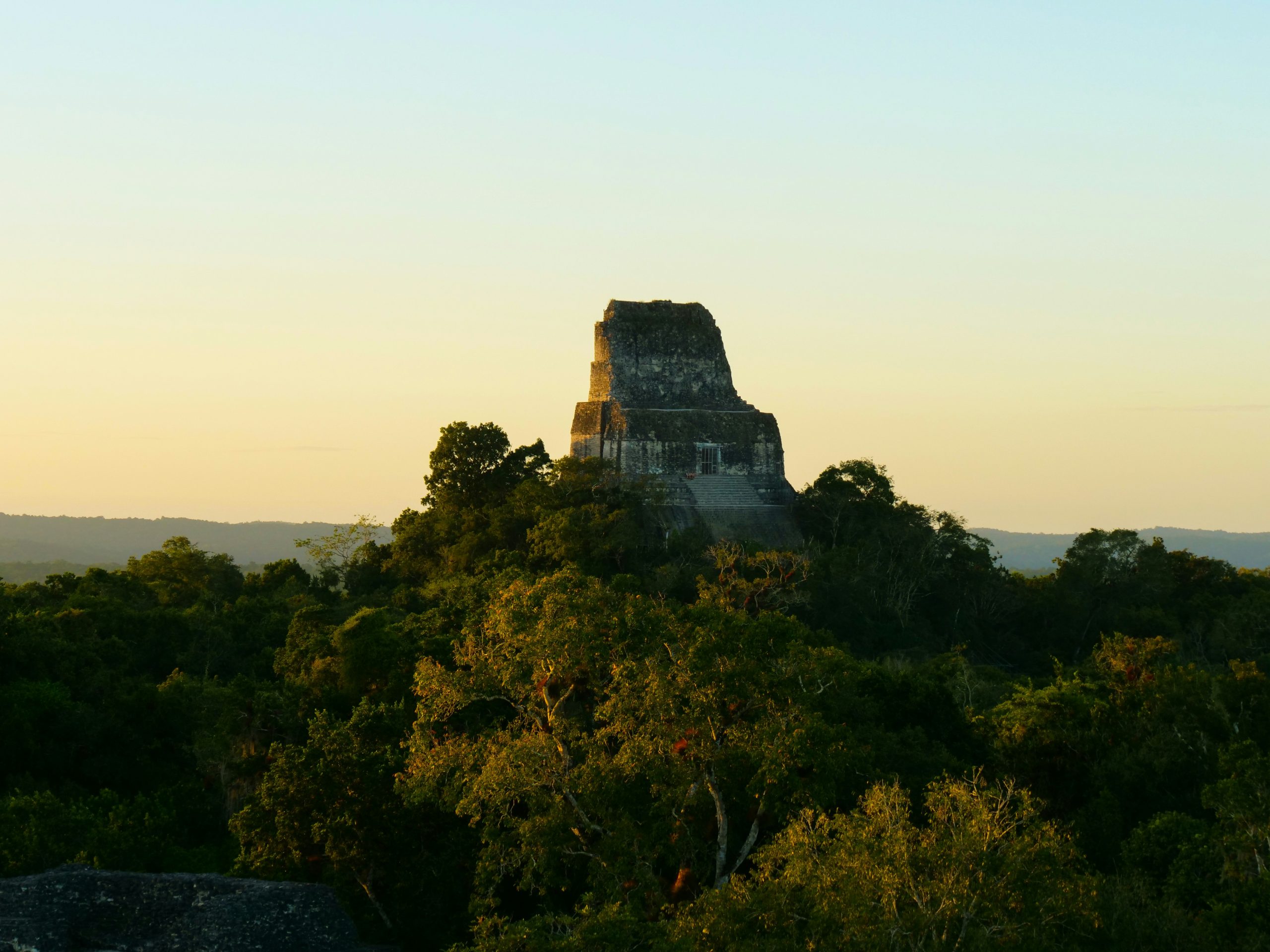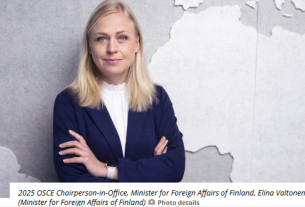In a landmark move announced in late August 2025, Mexico, Guatemala, and Belize have joined forces to establish the Biocultural Corridor of the Great Mayan Forest—a vast protected area spanning 14 million acres. This initiative is not just about drawing boundaries; it is about long-term Great Mayan Forest conservation, ensuring both biodiversity and cultural heritage thrive for future generations.
Conservation and Cultural Significance
The initiative targets the heart of the ancient Mayan Forest, especially the undisturbed stretches of the Yucatán Peninsula. Scientists estimate this biodiverse region is home to about 7,000 species, including some 200 endangered species such as jaguars, scarlet macaws, tapirs, spider monkeys, and quetzals.
Beyond its ecological value, the forest holds deep cultural heritage. Indigenous communities across the region are officially recognized by the agreement as “guardians of nature,” with their traditional knowledge and stewardship integral to conservation planning.
Mexican President Claudia Sheinbaum hailed the pact as “historic,” according to Yucatan Magazine, calling this forest
“one of Earth’s lungs, a living space for thousands of species with an invaluable cultural legacy that we should preserve with our eyes on the future.”
Balancing Development and Great Mayan Forest Conservation
The announcement took place during a summit in Calakmul, where the three leaders—President Sheinbaum of Mexico, President Bernardo Arévalo of Guatemala, and Prime Minister Johnny Briceño of Belize—underscored the dual challenge of environmental protection and economic development.
Guatemala in particular is making its largest-ever land contribution, incorporating 27 previously existing protected areas. President Arévalo emphasized that no megaprojects—such as potential extensions of Mexico’s Maya Train—would be allowed to infringe upon the newly protected zones. His administration recently declined to renew a longstanding oil extraction contract in the Maya Biosphere Reserve, reinforcing this commitment.
Mexico, for its part, clarified that the existing Maya Train route—which began operation in late 2023 and loops roughly around the Yucatán Peninsula—does not cross into the corridor. However, Mexican environmental authorities are working to mitigate the train’s environmental impact in collaboration with companies run by the Mexican Army that built and now operate the line.
Institutional Council Framework
To ensure strong oversight, the agreement calls for the creation of two councils: a council of environmental authorities and an Indigenous advisory council. Any proposed development within the corridor must receive approval from both bodies.
The Future of Great Mayan Forest Conservation
This tri-national conservation agreement establishes one of the largest protected zones in the Americas, blending environmental urgency with cultural respect. By safeguarding 14 million acres across Mexico, Guatemala, and Belize, the Great Mayan Forest conservation effort sets a precedent for how biodiversity, Indigenous knowledge, and sustainable development can coexist.



